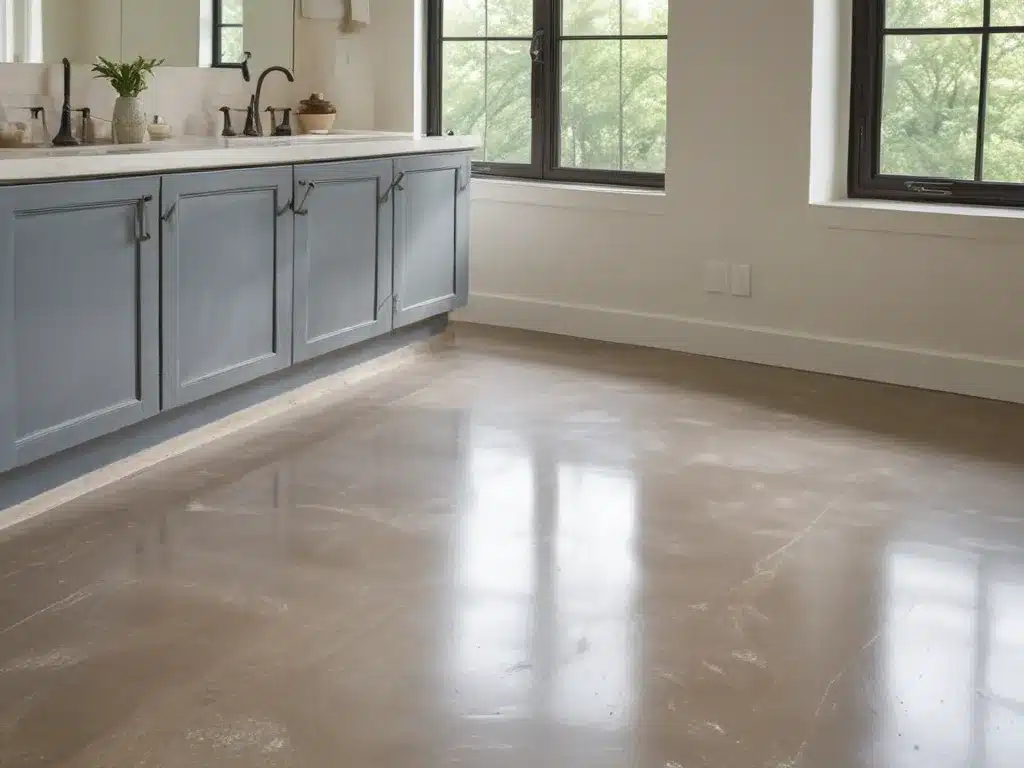Introduction
Household cleaning can expose you and the environment to harmful chemicals. However, with some simple ingredient swaps and techniques, I can get my floors, windows, and sinks sparkling clean using eco-friendly methods. Not only is this better for my health and the planet, but it saves money too.
Eco-Friendly Floor Cleaning
Sweeping and Dusting
Before washing, I start by sweeping and dusting to remove loose dirt and debris. This prevents it from getting smeared around in the wash water. I use a natural-bristle broom and a microfiber dusting cloth. The broom bristles are biodegradable, and the cloth can be washed and reused.
Mopping
For mopping floors, avoid commercial cleaners full of toxic ingredients like ammonia and artificial fragrances. Make a simple solution of warm water and white vinegar, plus a few drops of essential oil like lemon or tea tree for a fresh scent. The vinegar’s acidity helps dissolve dirt and grime.
I fill a reusable spray bottle with the solution to spritz on floor areas before mopping. My mop has a microfiber pad that attracts and traps dirt without needing detergents. I wring it out frequently in clean water to prevent just spreading the grime around.
Grout and Tile Scrubbing
For really dirty tile or grout, I scrub these areas with a stiff-bristle brush and a paste of baking soda and water. The abrasive soda scrubs away built-up gunk without scratching. Rinse thoroughly afterward.
Hardwood Floor Cleaning
On hardwood floors, too much water can damage the wood. Instead, I sprinkle a thin layer of cornmeal and sweep it around to lightly scour the floor. The cornmeal is gentle and absorbs grease and dirt. For a deeper clean, add some vinegar to water in a spray bottle. Spritz on sections, wipe with a microfiber mop, and allow to fully dry.
Eco-Friendly Window Washing
Supplies
To green your window washing routine, use supplies like vinegar, dish soap, natural sponges, and squeegees instead of paper towels and chemical sprays.
- White vinegar helps dissolve sticky grime and hard water spots
- A few drops of plant-based dish soap mixed with water reduces surface tension so the solution spreads better
- Cellulose sponges are biodegradable and won’t shred and leave behind lint like paper towels
- A squeegee speeds drying and reduces streaks
Method
Here is a simple eco-friendly window washing technique:
- Fill a bucket with warm water and add a splash of vinegar plus several drops of dish soap.
- Dip your sponge in the solution and wash the window using gentle circular motions.
- Use the squeegee to pull the dirty water off the glass. Wipe the blades frequently.
- Repeat washing and drying until the window is spotless.
- Squeegee any drips from the window sill or frame.
For really dirty windows, make a vinegar and baking soda paste to scrub on first before washing as usual. The chemical reaction bubbles away tough grime.
Naturally Clean and Shine Sinks
Harsh chemical drain cleaners and metal polishes often contain toxic ingredients. Luckily, I can make my sinks shine using natural alternatives.
Baking Soda and Vinegar Drain Cleaning
Pour 1/2 cup baking soda down the drain followed by 1 cup vinegar. The chemical reaction bubbles away grime, and the combo deodorizes too. For stubbon clogs, let it sit 15 minutes before rinsing with boiling water.
Lemon and Salt Scrub
For hard water stains on the sink itself, I scrub with salt and lemon. Cut a lemon half and dip it in salt, then scrub the juicy side on stains. The acid in lemon dissolves mineral deposits and salt provides gentle abrasion. Rise thoroughly after.
Olive Oil Metal Polishing
To make faucets gleam, I rub on a small amount of extra virgin olive oil using a soft cloth. The oil’s fatty acids break up tarnish. Polish dry with a clean cloth. Adds protection too!
Conclusion
With a few cheap pantry staples and reusable tools, I can get every room sparkling without exposing my family or the planet to scary toxins. Eco-friendly cleaning saves money too – and it’s so simple! What green swaps will you try in your home? Let me know how it goes.







